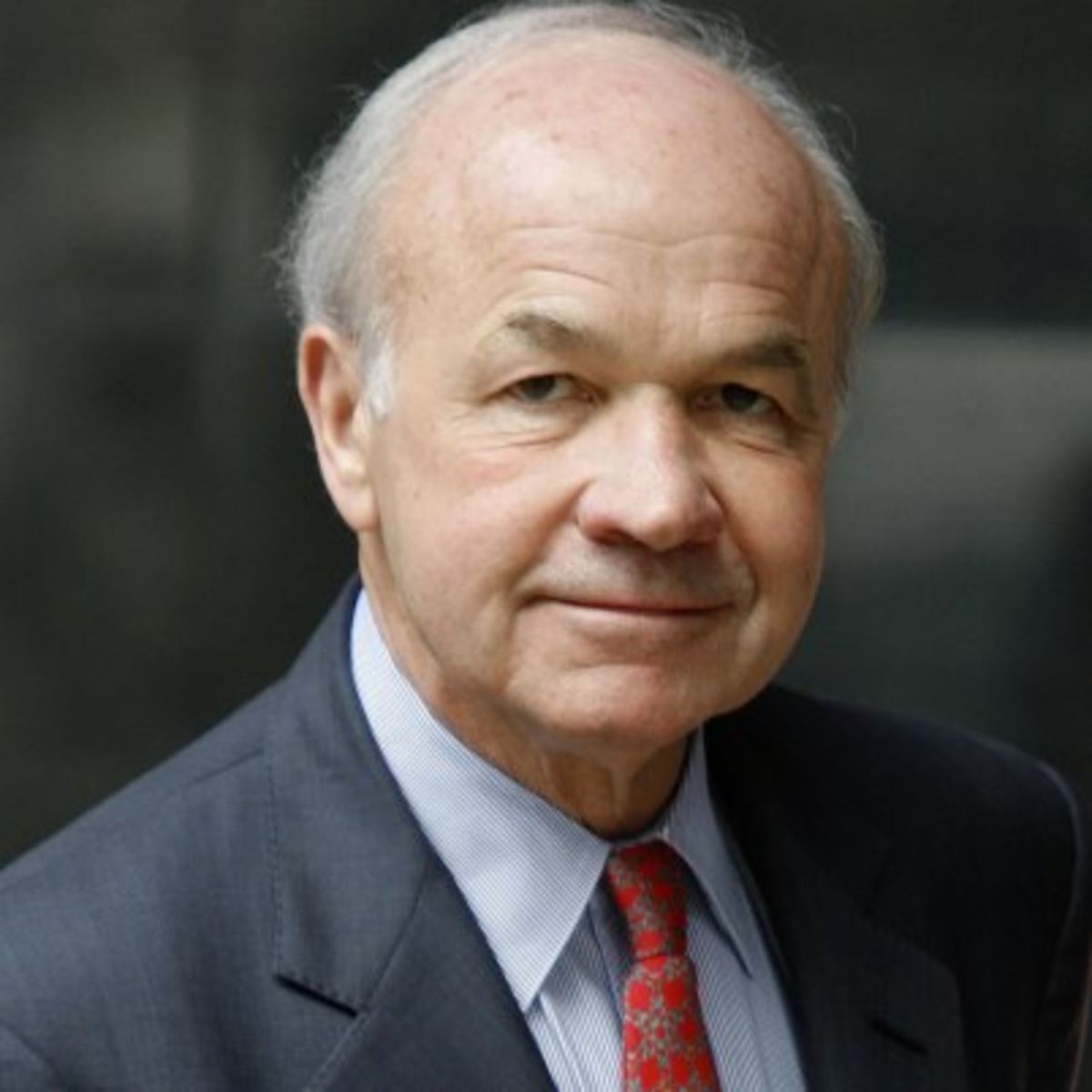 This really was not meant to be my "bash the Chronicle" week. I mean, really — the local newspaper already has enough problems.
This really was not meant to be my "bash the Chronicle" week. I mean, really — the local newspaper already has enough problems.
But what else can one do when confronted with this blather from the Chronicle’s lead NFL columnist, John McClain?:
Let’s cut to the chase: The Texans should make the playoffs for the first time. We all know it.
The Texans are better than they’ve ever been. Their offense was terrific when Matt Schaub returned from his knee injury and won three of his last four starts. The Texans have got a better running game.
With Frank Bush as the new coordinator, the defense should improve dramatically with the addition of nine free agents and draft choices competing for playing time.
Just six months ago, this is what McClain was saying:
I picked the Texans to beat the Ravens by three. Many of you said, in so many words, that I was a moron to pick the Texans. I was. I’ve learned my lesson. After getting every pick right this season, I blew this one. I won’t make that mistake again this season.
After watching Sunday’s game against Baltimore, I think the Texans are fully capable of losing the rest of their games and finishing 3-13. It’s time to start preparing for the draft. Gary Kubiak’s third season is over.
The Texans are a joke, an embarrassment to themselves, the organization and to the city. They put on a wretched performance at Reliant Stadium on Sunday when they quit in the fourth quarter and allowed the Ravens to humiliate them 41-13.
Under the circumstances, I believe this was the worst loss in team history. A victory at home over a team with a rookie head coach and a rookie quarterback would have made them 4-5. Now they’re 3-6 with road games against Indianapolis and Cleveland, two more struggling teams that’ll be licking their chops at the prospects of playing such a putrid team.
The Texans were horrible on offense and terrible on defense. Everyone on the team — indeed, everybody in the organization — should be embarrassed to say they participated in or witnessed this debacle.
Anyway, you saw what I saw. There’s nothing left for me to say about this abomination . . .
Despite McClain’s despair, the Texans somehow pulled themselves together to finish 8-8 on the season.
Of course, the above outburst came over a year after McClain had breathlessly anointed Coach Kubiak as the second coming of Bill Walsh.
And that came after years of McClain columns in which he extolled how former Texans GM Charlie Casserly and head coach Dom Capers were "building the Texans the right way." McClain quickly changed his tune when Casserly and Capers’ "effective building" resulted in a disastrous 2-14 record in the Texans’ fourth season.
Frankly, the Chronicle’s NFL citizen-bloggers Stephanie Stradley and Lance Zierlein are much more measured and analytical than McClain in their coverage of the NFL and the Texans.
Does anyone in Chronicle management even notice?









